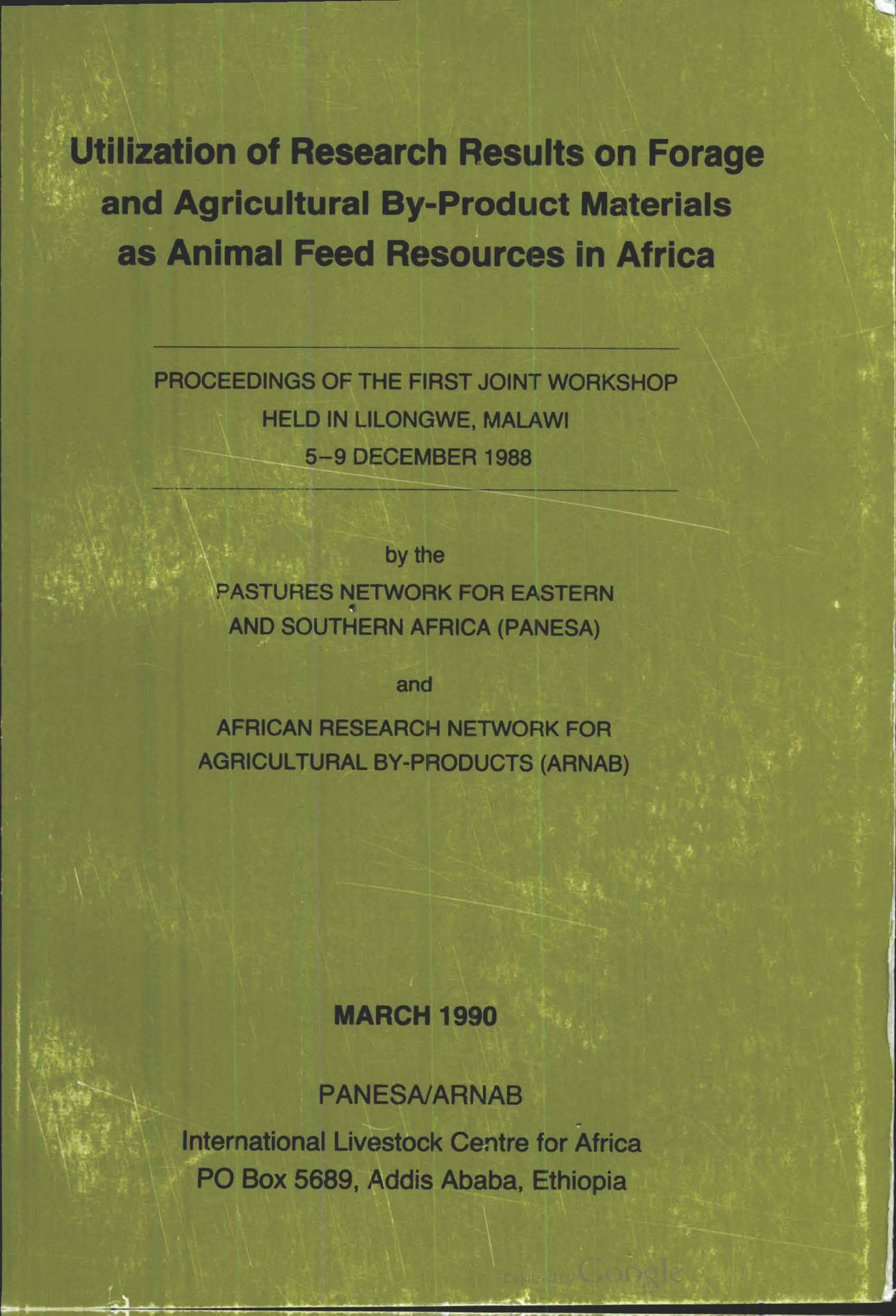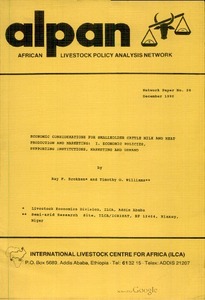Location
Vision, mission and strategy
ILRI's strategy 2013-2022 was approved in December 2012. It emerged from a wide processof consultation and engagement.
ILRI envisions... a world where all people have access to enough food and livelihood options to fulfil their potential.
ILRI’s mission is... to improve food and nutritional security and to reduce poverty in developing countries through research for efficient, safe and sustainable use of livestock—ensuring better lives through livestock.
ILRI’s three strategic objectives are:
- with partners, to develop, test, adapt and promote science-based practices that—being sustainable and scalable—achieve better lives through livestock.
- with partners,to provide compelling scientific evidence in ways that persuade decision-makers—from farms to boardrooms and parliaments—that smarter policies and bigger livestock investments can deliver significant socio-economic, health and environmental dividends to both poor nations and households.
- with partners,to increase capacity among ILRI’s key stakeholders to make better use of livestock science and investments for better lives through livestock.
This is ILRI’s second ten-year strategy. It incorporates a number of changes, many based on learning from the previous strategy (2000–2010, initially produced in 2000 and modified in 2002), an interim strategy (2011–2012) and an assessment of the external and internal environments in which the institute operates.
Members:
Resources
Displaying 1026 - 1030 of 1152Intercropping trifolium spp. in wheat and its suitability for small holder farmer conditions of the Ethiopian highlands
Presents results of a study carried out to develop methodologies for intercropping annual trifolium spp. into wheat, suitable for smallholder farmer conditions. Discusses the effect of soil and climatic factors and factors affecting adoption. Includes data on the effect of P and method of planting on DM yield of intercropped wheat and trifolium spp at Holletta and Shola (Ethiopia), levels of significance of treatment effects on DM yields, and effect of N on DM yields of wheat.
Economic considerations for smallholder cattle milk and meat production and marketing. I. Economic policies, supporting institutions, marketing and demand
Discusses the considerations relating to economic policy, supporting institutions and marketing and consumer demand. Classifies and discusses market functions and analyses market organization and institutions of marketing. Looks into the purpose of marketing studies. Discusses some lessons from past livestock marketing studies.
Budgeting and allocation of feed resources
Presents procedures for feed budgeting and allocation developed to access the quantity and quality of all feed components and to determine the production goals of each enterprise and allocates feed in relation to their requirements within the framework of overall feed supplies.
Tsetse control, land use and livestock in the development of the Zambezi valley, Zimbabwe: Some policy considerations
Throughout Africa the importance of land use issues in relation to tsetse control planning has been emphasized consistently in the tsetse literature. Because of inappropriate land use, concerns for the environment in tsetse-freed areas have been expressed frequently. This debate is very relevant to Zimbabwe, where extensive tsetse control operations in recent years have confined the remaining area of tsetse infestation to parts of the Zambezi valley, a semi-arid region of the country with a fragile eco-system and limited agricultural potential.






